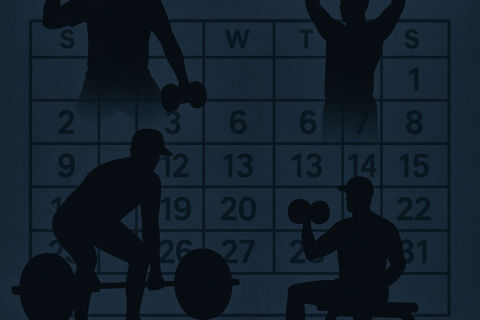Connecting the Dots – Preparing for the High School Season
As we all look forward to the highschool season, we shouldn’t look over the fact that the pre-season is the time of the year when most injuries occur in professional baseball. This should put an emphasis on in-season throwing/lifting routines as well as workload management.
Many high school athletes spend their offseason training with travel ball programs or facilities, and then return to their high school team when the season begins. In order for a coach to develop a throwing program for their pitchers, it’s important that they first know what their pitchers have been doing during their off-season. Not all players will train the same way in their off-seasons, especially at the highschool levels, so it’s important to get a baseline indication of where they might be. From there, it comes down to properly managing workloads and gradually increasing the volume to an acceptable level prior to the season. Before the start of each high school season, we prepare a report for each high school coach on the training and readiness level of each of our high school athletes and then send it to their high school coach so they have some perspective on where each of their athletes are at.
At KPI we use the term residuals when training our athletes. Residuals refer to the athletes ability to retain aspects of training after they have stopped. Training during the off-season can surely make an impact on athletes who are going into their competitive seasons. If training that occurred during the off-season does not continue to to be maintained during the season, it will only diminish the progress made in the off-season. The more time that goes by without training, the more the lasting effects of the off-season training will wear off.
During a competitive season, performance should take precedent to training, but training should not be completely forgotten. In order to adequately train during the season, we must first consider the structure and scheduling of the season in order to yield positive results on the field.
Most high school teams play 2-3 games per week, which can allow for pitchers to handle a higher frequency of strength training. Many high school athletes may be position players as well, making it harder to establish a throwing program, which can put an emphasis on training the athlete and not just the pitcher.
Taking this into account, high school athletes are better suited for total body lifts rather than splitting them into upper body and lower body. Doing this will limit the fatigue factor by adding more rest in between sessions, and lowering the volume of each workout to focus more on power and speed. High school pitchers are better suited to have more generalized training, with a greater need for a strength period as opposed to position specific skill work, such as mechanics. This doesn’t mean mechanical work is not important, but it can be accomplished at lower intents with less volume during the recovery period. This will insure that the athletes still can keep a “feel” for their mechanics while not adding any more stressors during their recovery process.
Considering that many athletes have various developmental and exposure needs, many high school athletes are looking to this season as an opportunity to showcase their abilities for college coaches or prepare for their pending commitment. This being the case, it puts an emphasis on coaches being aware of workload management, properly on-ramping pitchers, and staying on top of their players’ arm care if the athletes are to be ready to handle this new Spring season.


